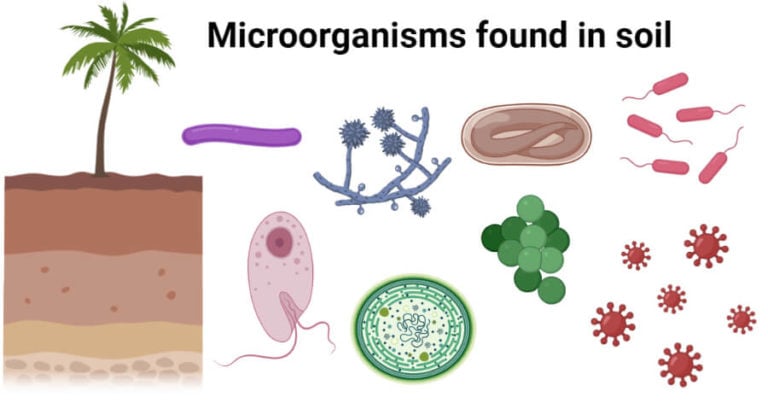

About one third of mapped species exhibit endemism, confirming the moderate endemicity model. However, two recent books on the distribution and biogeography of microscopic organisms demonstrate convincingly that their biogeographical patterns approximate those of Metazoa. In contrast, biogeogeographical knowledge of plants, vertebrates and the better known Insecta (e.g., Lepidoptera, Odonata) is not only more comprehensive and precise but a high degree of endemism is well documented in such “Mega-Metazoa”, and it is not surprising that protected area design has been informed primarily by these surrogate taxa.

This assumes the known species have cosmopolitan distributions. An academic argument justifies least concern for these “micro-biota”. Microscopic inconspicuousness is one obvious reason for their neglect. Rarely, if ever, do we consider microscopic organisms, such as protists and small pluricellular eukaryotes (e.g., rotifers, mosses), in conservation issues. We argue that Krauthügel holds a unique reference node for biodiversity inventories to obtain the baseline knowledge-which is the prerequisite to monitor ecosystem integrity-and detect and evaluate impacts of natural and anthropogenic disturbances. Both endemism and type localities justify the argument that the “integrative approach” in biodiversity and conservation issues should include protists and micro-metazoans. Eight species were new to science, and an additional 10 poorly known species were reinvestigated and neotypified with populations from the Krauthügel pond. Repeated sampling between 19 recovered a total of at least 150 ciliate taxa, of which 121 were identified to species level. In the 1960s, this area became a grassland utilized as an autumn pasture, but was abandoned in the 1990s. The pond occupied an agricultural field where root and leafy vegetables were cultivated for possibly more than 200 years. Water is present only for some days or weeks, depending on heavy and/or prolonged rain. When filled, the claviform pond has a size of ~30 × 15 m and a depth rarely surpassing 30 cm. This wetland occupies a natural depression on the Krauthügel (“cabbage hill”) south of the fortress of Salzburg City. The protected habitat comprises an ephemeral pond, which is now a “Natural Monument” for ciliated protozoa. It is justified by unique species, type localities, and landscape maintenance as evidence for legislation. Here, we report what probably ranks as the first successful conservation intervention focused directly on known protist diversity. However, modern research reveals that about one third of the known protists have restricted distributions, which endorses their conservation, at least in special cases. One reason is the widespread belief that the majority of protists have cosmopolitan distributions, in contrast to the highly hetereogenous biogeography of the “mega-Metazoa”. Although constituting more than 100,000 described species, protists are virtually ignored within the arena of biodiversity conservation.


 0 kommentar(er)
0 kommentar(er)
